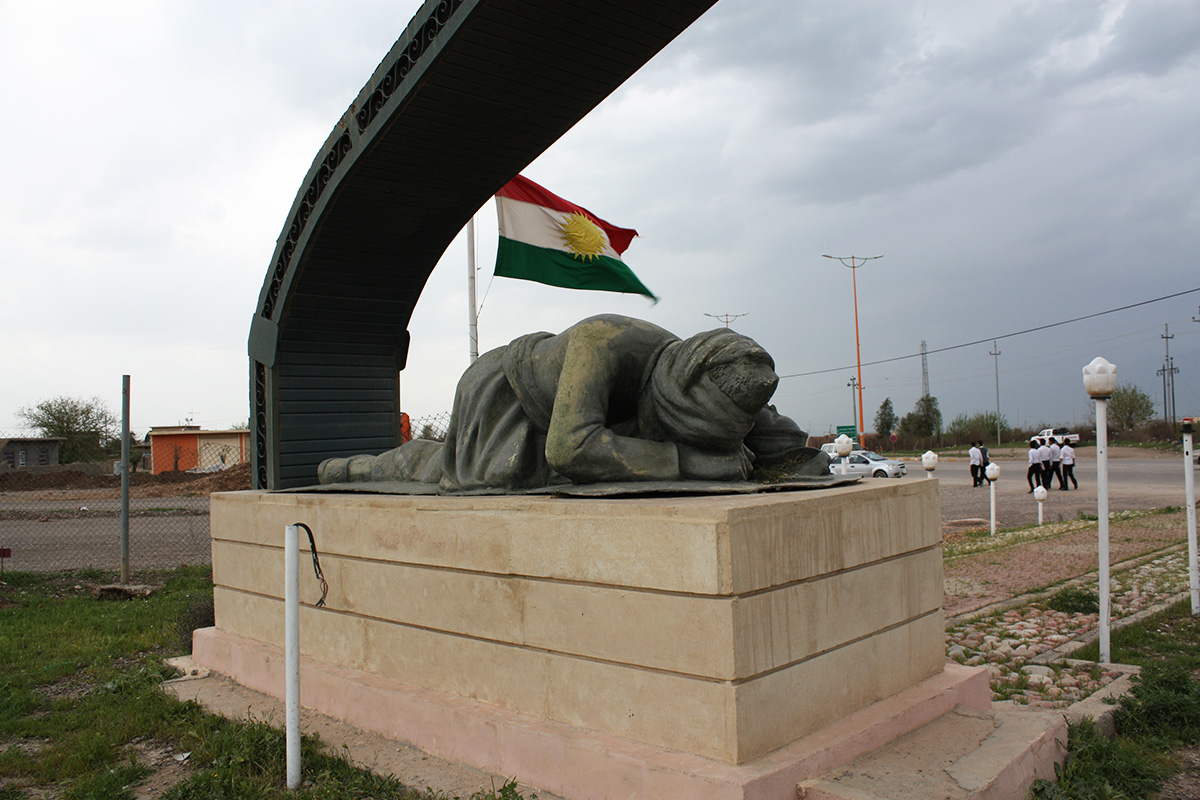Halabja Gassed by Saddam Hopes Referendum Heralds Better Days
When poison gas killed thousands of Kurds in Halabja in 1988, its residents never imagined they would ever escape the grip of Iraqi dictator Saddam Hussein, let alone vote one day in a referendum on secession from Iraq.
The long-oppressed Kurds across northern Iraq are expected to get the chance to vote on Monday (September 25) despite fierce opposition from the Baghdad government and regional powers who feel threatened by the referendum.
It will be a bittersweet moment for the people of Halabja, a rundown city of around 75,000 people still facing the after-effects of the attack by Iraqi government forces.
At a memorial to honor the victims is a statue of Omar Khawar, whose image holding his two dead twin babies which appeared in photographs around the world has come to symbolize the tragedy in Halabja.
Halabja residents interviewed by Reuters said they would vote "yes" but are only cautiously optimistic. They wonder whether feuding Kurdish political parties can deliver on promises of a viable independent state when basic needs such as specialized medical care, jobs and infrastructure have not been met.
The referendum will be the culmination of a century-long struggle for self-determination for the Kurds. When the Middle East was carved up by the West in a deal in 1916 after the fall of the Ottoman empire, the Kurds were the largest ethnic group without a state.
The region's roughly 30 million ethnic Kurds were left scattered across four countries - Iraq, Iran, Turkey and Syria.
Though they were widely mistreated, the Kurds suffered a particularly brutal fate in Iraq, where Saddam Hussein gassed them, buried them in mass graves and gave their land to Arabs.
Source: NRT

